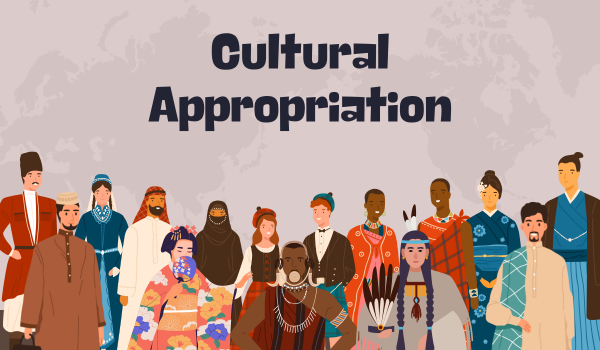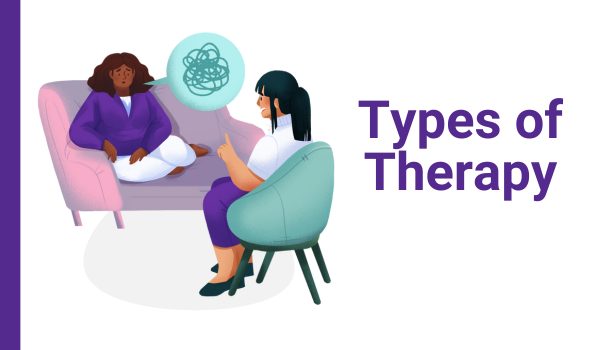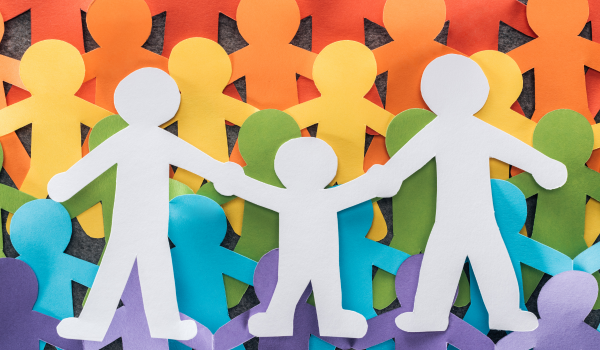What Is Cultural Appropriation—and How Can You Avoid It?

At a Glance
-
Cultural appropriation is taking elements from another culture without permission or proper respect.
-
It reinforces harmful stereotypes and can negatively impact mental health.
-
Educating yourself, giving credit, and genuinely celebrating cultures can help prevent cultural appropriation.
What Is Cultural Appropriation?
Cultural appropriation happens when someone uses another group's customs, art, attire, or language without giving credit or showing respect. It often involves power dynamics—where members of dominant groups take from marginalized communities.
As Neal Lester, PhD, explains, "Cultural appropriation is about power. It’s about who has the ability to take from others without facing consequences."
Unlike cultural appreciation, which honors and respects other cultures with permission, cultural appropriation can exploit, stereotype, or commodify marginalized groups.
Why Is It Harmful?
Cultural appropriation can misrepresent cultures, perpetuate stereotypes, and harm mental health.
For example:
-
The wellness industry profiting from yoga without respecting its spiritual roots in Indian culture.
-
Beauty standards that deem Black hairstyles unattractive until adopted by White influencers.
Such misrepresentation affects self-esteem, especially among marginalized groups like Indigenous and Black communities.
Types of Cultural Appropriation
Experts identify four main types:
-
Dominance: The dominant culture uses elements from minority groups.
-
Exchange: Equal sharing between cultures of similar power.
-
Exploitation: Taking cultural elements without permission or credit.
-
Transculturation: Blending multiple cultures, making origins hard to distinguish or honor.
Examples of Cultural Appropriation
-
Wearing Indigenous attire or bindis without understanding their meaning.
-
Using African American hairstyles like cornrows or dreadlocks without acknowledging their origins.
-
Recreating TikTok dances originally choreographed by creators of color without giving them credit.
How To Know If You’re Appropriating
Ask yourself:
-
Am I reinforcing stereotypes?
-
Am I using cultural elements disrespectfully?
-
Am I doing this for shock value or personal gain?
-
Have I given proper credit?
If your actions feel exploitative, reconsider or take time to educate yourself.
Cultural Appropriation vs. Cultural Appreciation
| Cultural Appropriation | Cultural Appreciation |
|---|---|
| Reinforces stereotypes | Seeks to understand and honor the culture |
| Involves power imbalance | Celebrates culture with permission |
| Commodifies traditions | Shows respect and sensitivity |
| Uses elements without credit | Acknowledges the source and gives credit |
Cultural appreciation involves learning about a culture, seeking permission, and participating respectfully—often at the invitation of the community.
How To Prevent Cultural Appropriation
-
Educate others, especially younger generations, about respecting cultures.
-
Give credit when borrowing ideas or styles on social media.
-
Acknowledge your influences rather than claiming ideas as your own.
As Mia Moody-Ramirez, PhD, notes: "It’s OK to be inspired by someone else—just give them credit."
A Quick Review
Cultural appropriation involves using another culture’s traditions without permission, often reinforcing stereotypes and power imbalances.
The solution? Practice cultural appreciation—respect, ask questions, give credit, and celebrate cultures in meaningful, informed ways.

















.webp)
.webp)
.webp)



